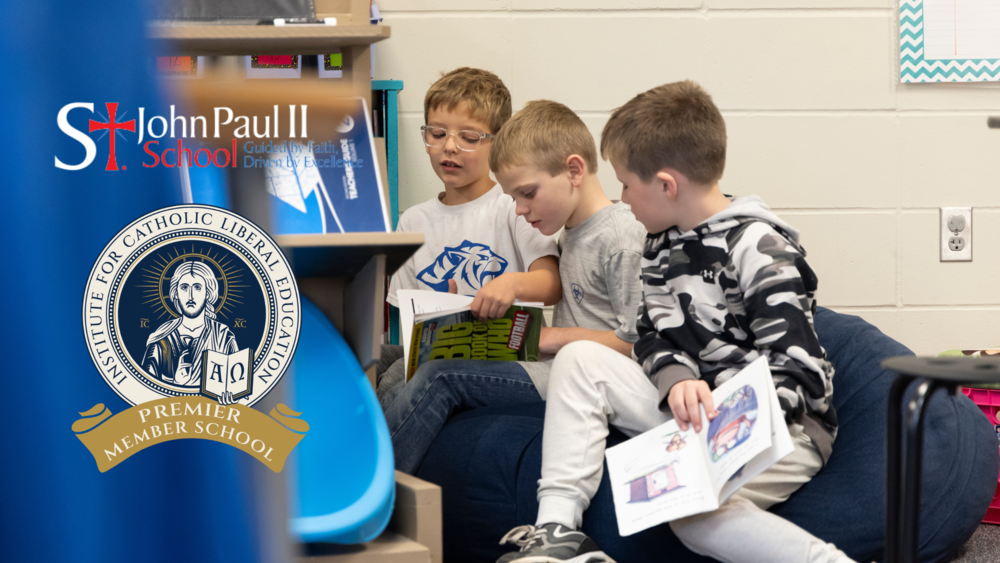A Family Guide to Our ICLE Classical Implementation
Dear Families,
We are excited to share with you one of the foundational practices in your child's classical education: Narration. This time-tested method, rooted in the wisdom of educational tradition and embraced by St. John Paul II in his approach to learning, is transforming how our students engage with literature, religion, history, and other areas of learning.
What is Narration?
Narration is more than simply retelling a story. It is the art of re-presentation. Students retell what they have heard or read in the same tone, language, and style as the original text. Unlike summary or paraphrasing, narration asks students to honor the richness of a text, preserving its beauty and meaning. Think of it this way: when your child narrates, they are not merely reporting facts, but gaining an appreciating the words they have received.
The Philosophy Behind Our Practice
In our classical approach, we understand that "Piety is the first rung in the Ladder of Learning." When students listen to retell the words of great authors, they demonstrate respect and reverence for wisdom itself. This practice:
Nourishes the mind with rich truths and beautiful language
Fixes material in memory through active engagement
Develops appreciation for the whole before examining parts
Builds natural curiosity that leads to deeper analysis and discussion
How Narration Works in Your Child's Classroom
The Process (typically 10-15 minutes for younger students, longer for older ones):
Step 1. First Little Talk Teachers prepare students to receive the text, raising expectations and helping them focus without giving away the story or suggesting interpretation.
Step 2. Reading of Rich Text Teachers read aloud carefully selected, high-quality literature, historical accounts, or other meaningful texts.
Step 3. Student Narration Students take turns retelling what they heard, striving to capture the style, details, and spirit of the original. For longer texts, teachers divide them into "idea chunks” portions rich enough to contain meaningful ideas but manageable for retelling.
Step 4. Second Little Talk Teachers guide discussion of the rich ideas presented. Then further create application to help organize and deepen understanding.
The Benefits You'll See at Home
Through consistent narration practice, your child develops:
Enhanced memory and retention of information
Improved attention and listening skills
Rich vocabulary and sophisticated language patterns
Confidence in public speaking and self-expression
Deep appreciation for beautiful language and ideas
Respect for wisdom and the thoughts of others
Natural curiosity that leads to meaningful questions
A Living Tradition
This method connects your child to centuries of educational wisdom. Just as St. John Paul II emphasized the importance of receiving and treasuring the wisdom of others before adding our own insights, narration teaches our students to be faithful stewards of knowledge and truth.
When students learn to narrate well, they learn how to honor the thoughts of others, to listen deeply, and to communicate with precision and beauty.
Questions or Want to Learn More?
Thank you for partnering with us in this journey of classical education, where we seek not just to fill minds with facts, but to nourish souls with wisdom, beauty, and truth.
"The real question is not whether machines think but whether men do." - B.F. Skinner
Through narration, we ensure our students not only think, but think deeply, carefully, and beautifully.

